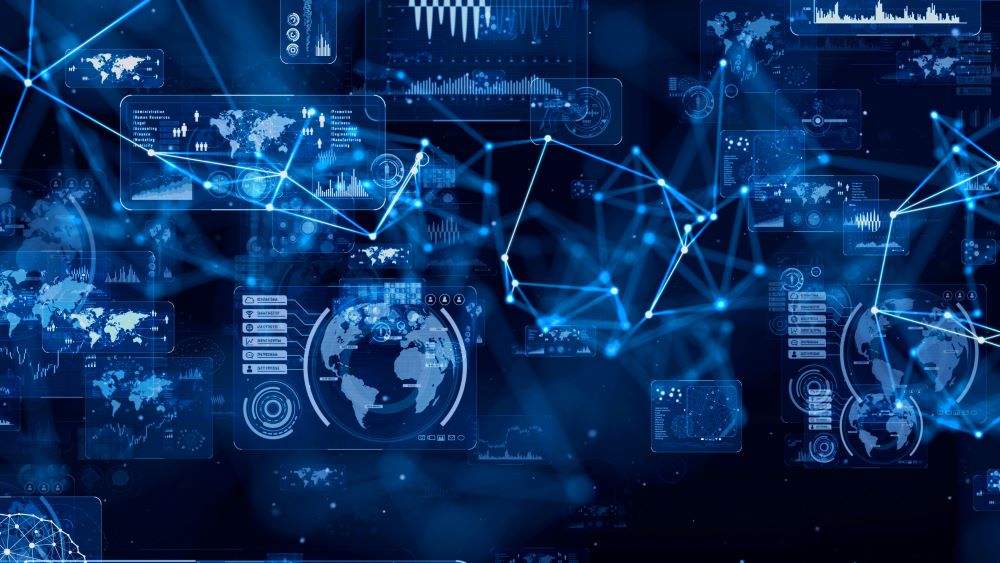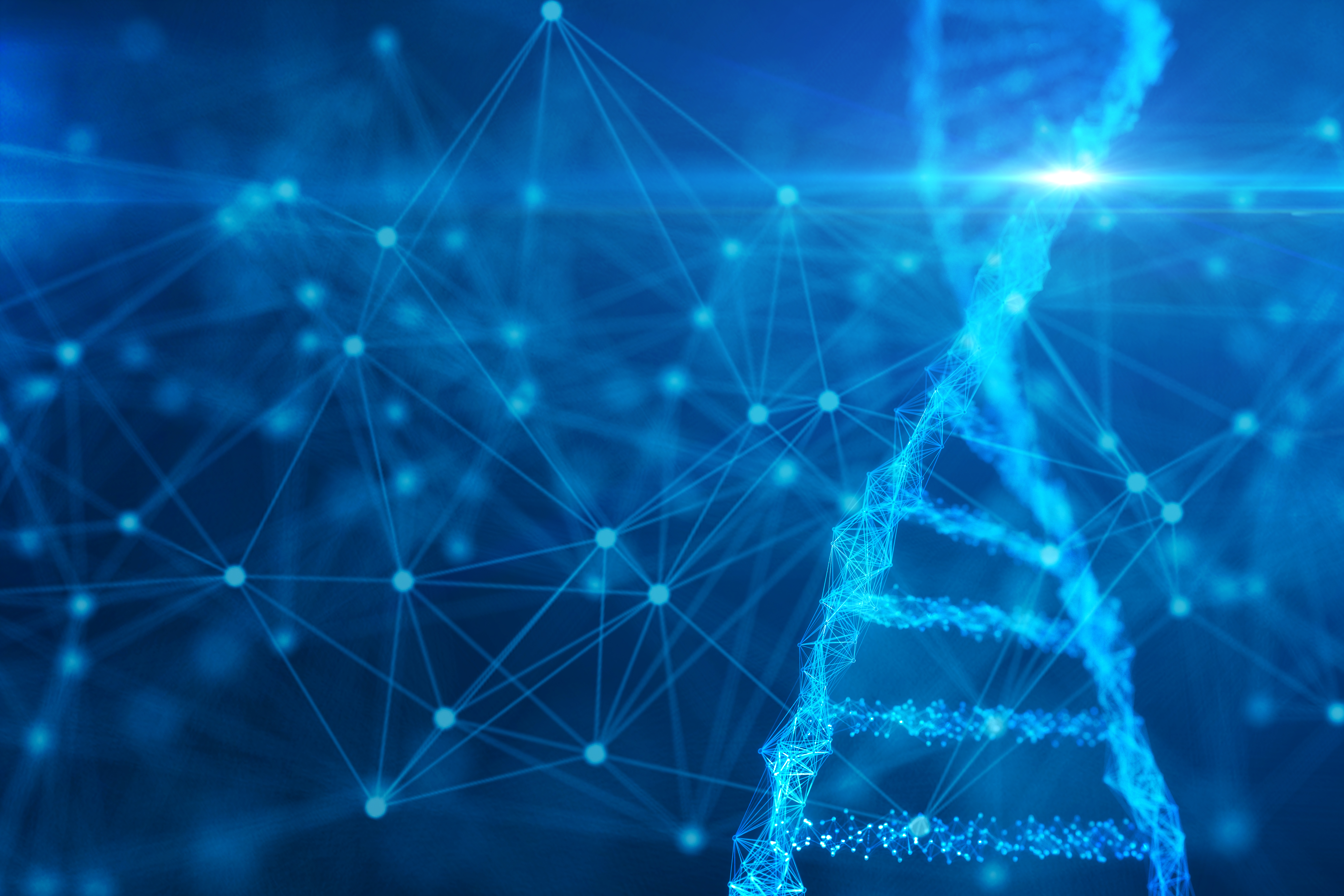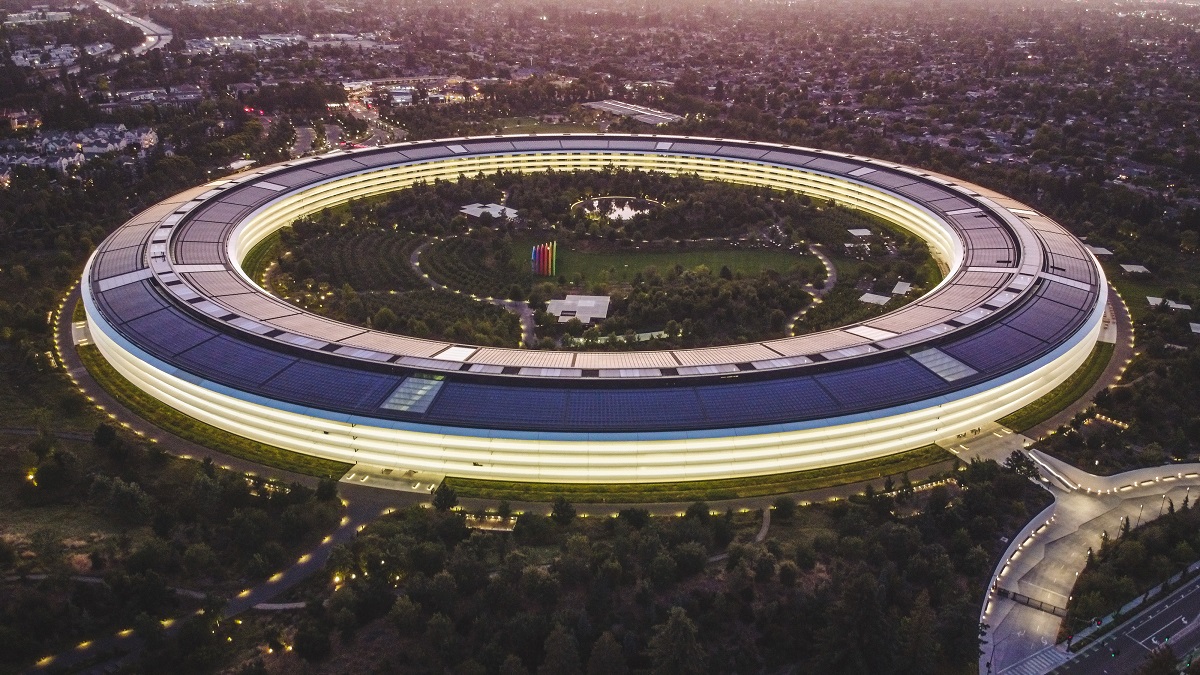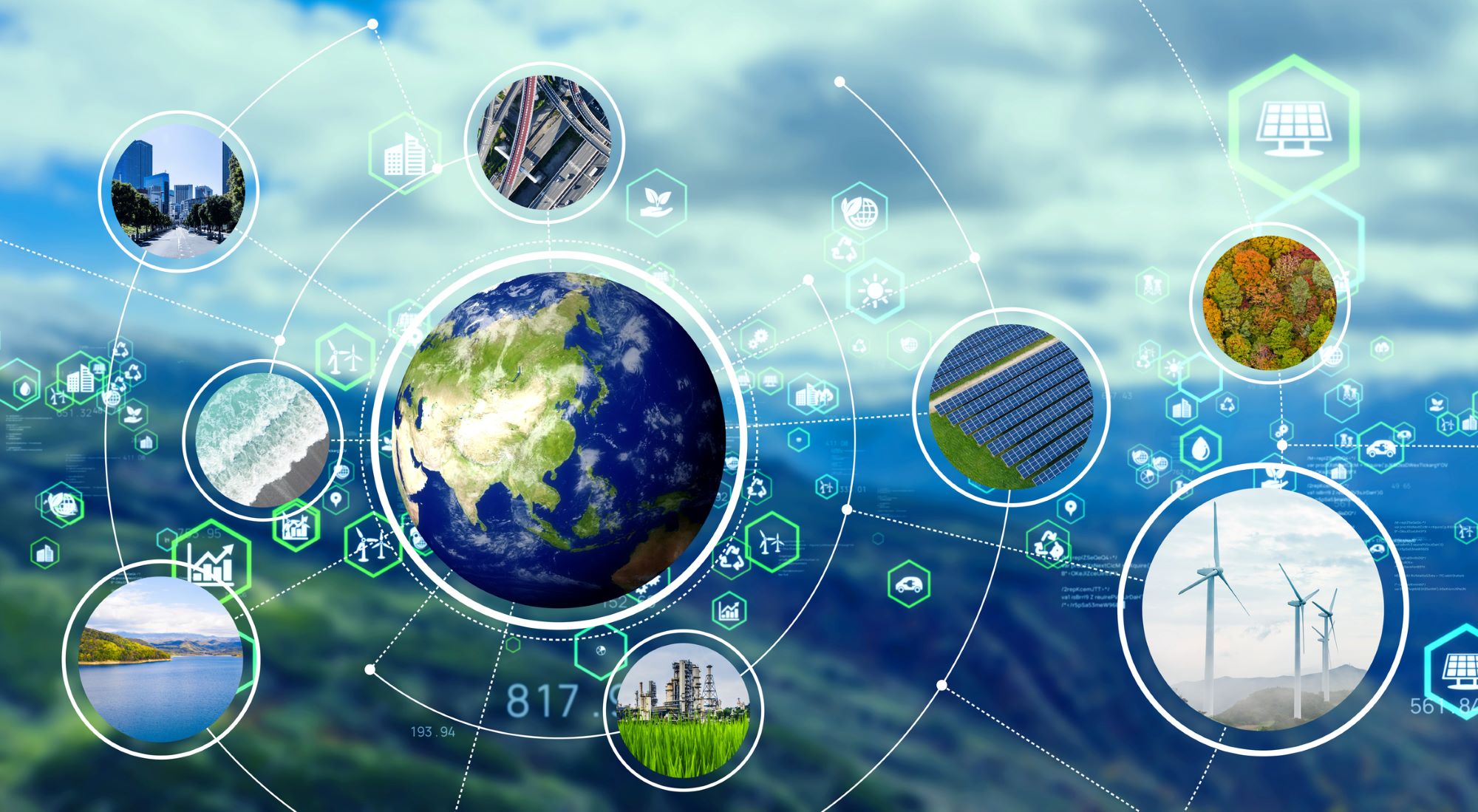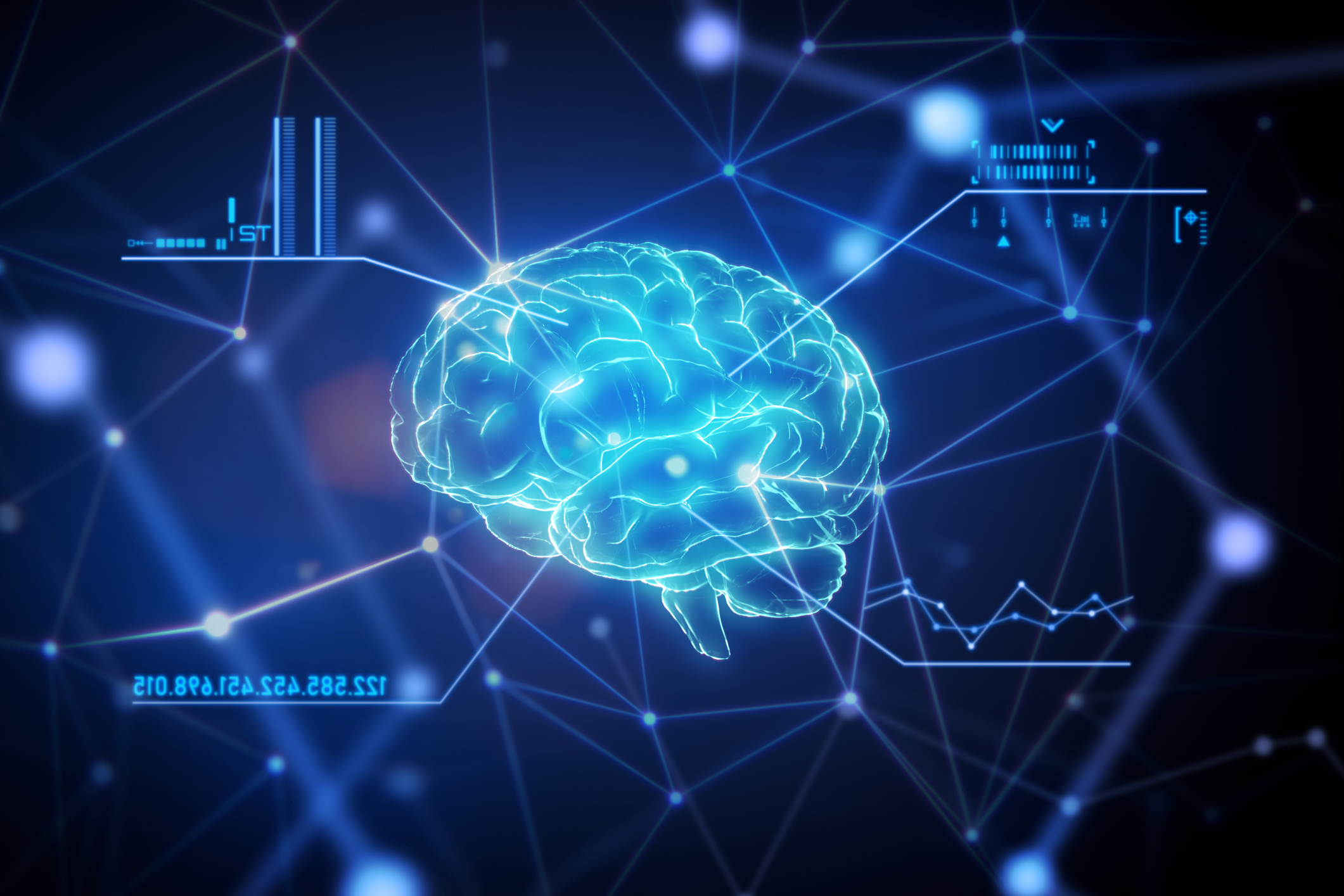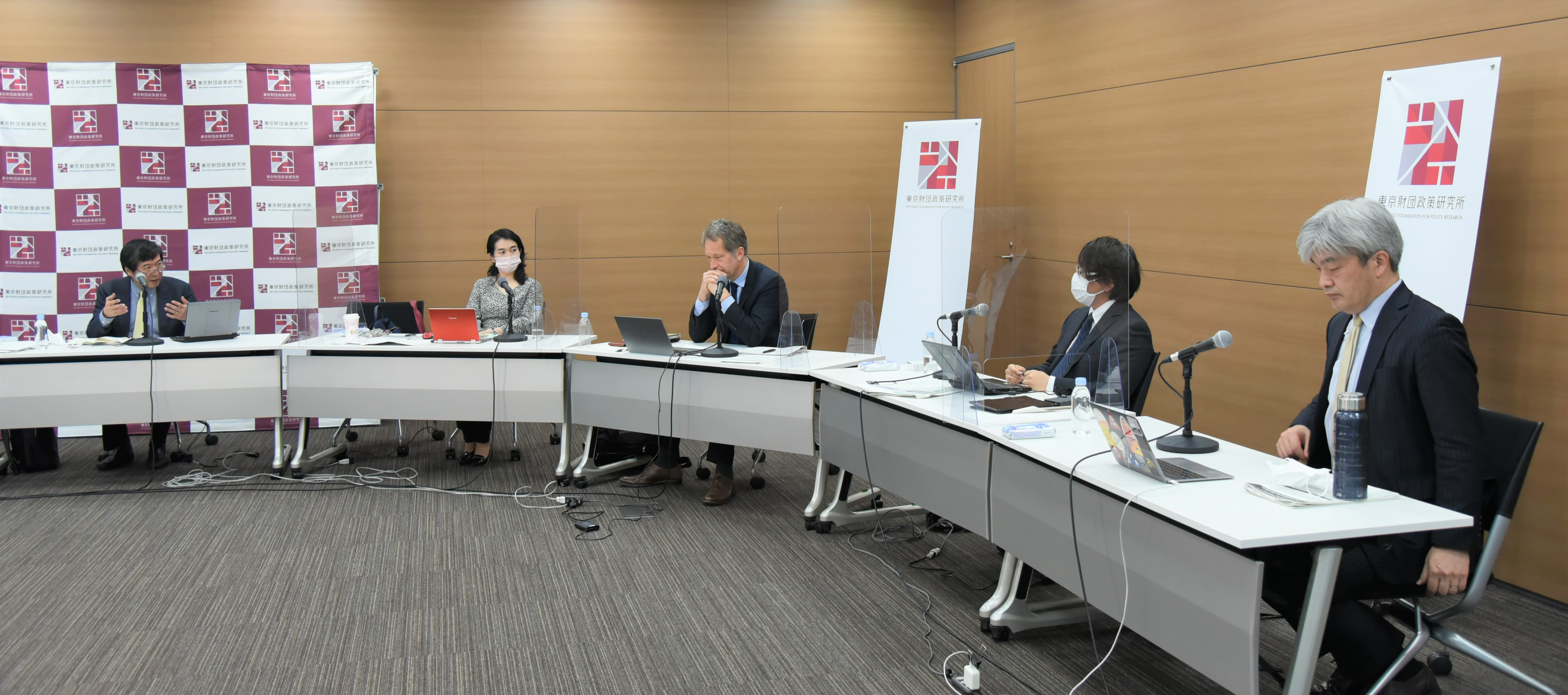
Transitions in Socio-Technical Systems: The OECD’s New Science, Technology, and Innovation Policies
March 28, 2023
R-2022-101E
Drawing on lessons from the OECD, public administration expert Hideaki Shiroyama details the STI policy challenges facing Japan in transitioning to new socio-technical systems.
Introduction
The Organization for Economic Cooperation and Development (OECD) traces its origins to the Organization for European Economic Cooperation (OEEC). Established as part of the Marshall Plan—the US-led effort to rebuild the European economy in the wake of World War II—the OEEC pursued cooperation among the European countries that received this assistance. Later, after the OEEC largely achieved its original objectives, it reorganized into the OECD in 1960 to include the original 18 members plus the United States and Canada.
One of the chief activities for the OECD has been consultation and cooperation based on information sharing, and these forums have been used to expand its activities into a variety of sectors. Initially focused primarily on macroeconomic policy, the organization began addressing environmental and energy issues in the 1970s and later became more involved in financial services, labor policy, anti-money-laundering measures, and education policy (Shiroyama 2013, chap. 5).
Amid these developments, science, technology, and innovation (STI) policy has also become a major focus area for the OECD, exemplified by its Committee for Science and Technology Policy (CSTP). Committees working on related topics include the Committee on Digital Economy Policy (CDEP) and the Committee on Industry, Innovation and Entrepreneurship (CIIE). The CSTP comprises the Working Party on Biotechnology, Nanotechnology and Converging Technologies (BNCT); the Working Party on Innovation and Technology Policy (TIP); and the OECD Working Party of National Experts on Science and Technology Indicators (NESTI). The CSTP also houses the Global Science Forum (GSF), funded by the OECD’s Part II budget, separate from the regular Part I budget.
Under this framework, the OECD has begun to extend beyond its traditional focus on R&D investment to look more broadly at how to leverage STI policy to advance the transition of socio-technical systems. Below, I will review the status of deliberations on new STI policies at the OECD, and then discuss the challenges currently facing Japan in the same policy areas.
S&T Policy 2025
New topics the OECD has explored thus far include issues related to scientific advice in crises, mission-oriented innovation policies (MOIP), and technology governance (OECD 2021a, chap. 8). In 2018, members of the scientific and crisis management research communities collaborated to compile “Scientific Advice During Crises,” which was based on an earlier 2015 report, “Scientific Advice for Policy Making,” that was researched primarily by the GSF.
Looking at studies on MOIP, case analyses have been conducted for countries like Japan and Norway since 2019, leading to the publication of a comprehensive report in 2021. This report defines MOIP as a “co-ordinated package of policy and regulatory measures tailored specifically to mobilize science, technology, and innovation in order to address well-defined objectives related to a societal challenge” (OECD 2021b). Since 2021, individual discussions on MOIP have focused on addressing the mission of achieving net zero carbon emissions through climate change measures.
OECD publications define technology governance as the process of exercising political, economic, and administrative authority in the development, diffusion, and operation of technology in societies. It can consist of norms and architectures for managing risks and benefits, and it attempts to solve the challenge of how to address various concerns at the upstream stage (OECD 2021a, chap. 8). In 2019, the OECD adopted the “Recommendation of the Council on Responsible Innovation in Neurotechnology,” which built on efforts of the BNCT working party, as well as the “Recommendation of the Council on Artificial Intelligence,” which expanded on the work of the CDEP.
Two important topics for the future that the OECD is now addressing are socio-technical transitions and multi-level perspectives (MLP), both of which relate to “transformative STI policy” (OECD 2021a, chap. 8). In the light of these perspectives, a program called “S&T Policy 2025: Enabling Transitions through Science, Technology and Innovation” was launched in 2021. The program’s central tenet is that science, technology, and innovation policy form a critical component of the comprehensive policy measures needed to trigger the transition of socio-technical systems toward responses to numerous global crises, including climate change, resource depletion, biodiversity loss, pandemics, and the conflict in Ukraine.
Based on this understanding, the program seeks to build policy measure prototypes aimed at achieving socio-technical transitions and to experiment with their implementation. It is pursuing this goal in cooperation with the digital, energy, and environmental departments, utilizing the experiences of other programs as a resource. More specifically, the focus at the moment is on deepening cooperation among businesses, research institutions, governments, and non-profit organizations to facilitate the transition; involving all of society in the transition; developing new forms of partnerships to promote coordination among government departments; and formulating support measures to secure financing, build capacity, and establish a knowledge base for the transition.
STI Policy to Address Societal Issues in Japan
The Fourth Science and Technology Basic Plan, published in 2011, marked a turning point in Japan’s science and technology policy and led to a stronger awareness of the need to address social issues like maintaining people’s health and protecting the environment. In the Fifth Science and Technology Basic Plan, released in 2016, the government shared its vision for a “super smart society” of the future that would improve people’s lives through initiatives that maximized the use of information and communications technology and achieved high-level integration of cyberspace and the physical world, further enhancing existing measures toward the goal of realizing a highly networked “Society 5.0.”
Then, in 2021, the Sixth Science, Technology, and Innovation Basic Plan spelled out two elements for achieving specific goals for realizing Society 5.0: (1) a sustainable and resilient society that ensures the safety and security of the people, and (2) a society that realizes the diverse happiness (well-being) of each individual. The Sixth STI Basic Plan treats the concept of innovation in a new light. Whereas innovation tended to be viewed as directly connected to corporate product development and production in the past, it is now seen as an activity involving a wide range of actors who create major changes in the economy and society. The plan discusses a new and evolving concept of “transformative innovation” that focuses on the creation of new value and transformation of society itself.
At the same time, the government has been accumulating greater expertise through experience with specific programs (JST/CRDS 2020). For example, the Ministry of Education, Culture, Sports, Science, and Technology’s Center of Innovation Science and Technology based Radical Innovation and Entrepreneurship Program (COI STREAM), launched in fiscal 2013 and led by prominent figures in industry and academia, aims to forecast social needs 10 years into the future, set a vision for an ideal society and way of life based on those needs, and advance cross-disciplinary and cross-organizational collaboration to spawn innovations that cannot be achieved by companies or universities working alone. In the Cross-ministerial Strategic Innovation Promotion Program (SIP) launched in fiscal 2014, the Council for Science, Technology, and Innovation allocated its budget across ministerial and disciplinary boundaries, appointed a program director on a top-down basis, and established a committee with the participation of related ministries and agencies to promote initiatives from fundamental research to final output in practical or commercial applications.
Challenges in the Socio-Technical Transition
As described above, Japan has identified its main social issues and goals and accumulated experience in program implementation. However, it faces three major challenges in effectively transitioning to new socio-technical systems.
First is determining the level of detail to which targeted social issues are defined. As seen in the discussion of Society 5.0, granularity in this area remains rather coarse, and resources have not been sufficiently directed to consulting with stakeholders to achieve a sharper focus. Considering the costs of investment in the implementation phase, more attention ought to be paid to first ascertaining specific issues and goals, since these serve as the foundation for the transition.
Second is the need to involve experts and practitioners from various sectors, as well as relevant ministries and agencies within the government. This will involve a choice of whether to centralize responsibility, such as in the Cabinet Office (as was the case in the Cross-ministerial Strategic Innovation Promotion Program, or SIP), or whether to allow the various ministries to take ownership of the project in their respective domains. The sectoral directors general of the European Commission appear to have a major role in managing the EU’s Horizon Europe mission boards, so Japan may consider following this type of approach.
Third is improving the management capacity of various organizations to engage with diverse stakeholders. The SIP’s program directors are usually appointed from industry or academia on a part-time basis, raising the question of whether they can devote sufficient time and resources to their responsibilities. Supporting the management functions of these programs remains an important task.
References
JST/CRDS. 2020. “Shakaiteki kadai kaiketsu no tame no misshon shikōgata kagaku gijutsu inobeshon seisaku no doko to kadai” (Trends and Challenges in Mission-Oriented Science, Technology and Innovation Policies for Addressing Societal Issues). https://www.jst.go.jp/crds/report/CRDS-FY2020-RR-08.html.
OECD. 2018. “Scientific Advice During Crises: Facilitating Transnational Co‑operation and Exchange of Information.” https://www.oecd.org/gov/scientific-advice-during-crises-9789264304413-en.htm.
OECD. 2021a. “Science, Technology and Innovation Outlook 2021: Times of Crisis and Opportunity.” https://www.oecd.org/sti/oecd-science-technology-and-innovation-outlook-25186167.htm.
OECD. 2021b. “The Design and Implementation of Mission-Oriented Innovation Policies: A New Systemic Policy Approach to Address Societal Challenges.” https://www.oecd-ilibrary.org/docserver/3f6c76a4-en.pdf.
Shiroyama, Hideaki. 2013. Kokusai gyōseiron (International Administration). Tokyo: Yuhikaku.

